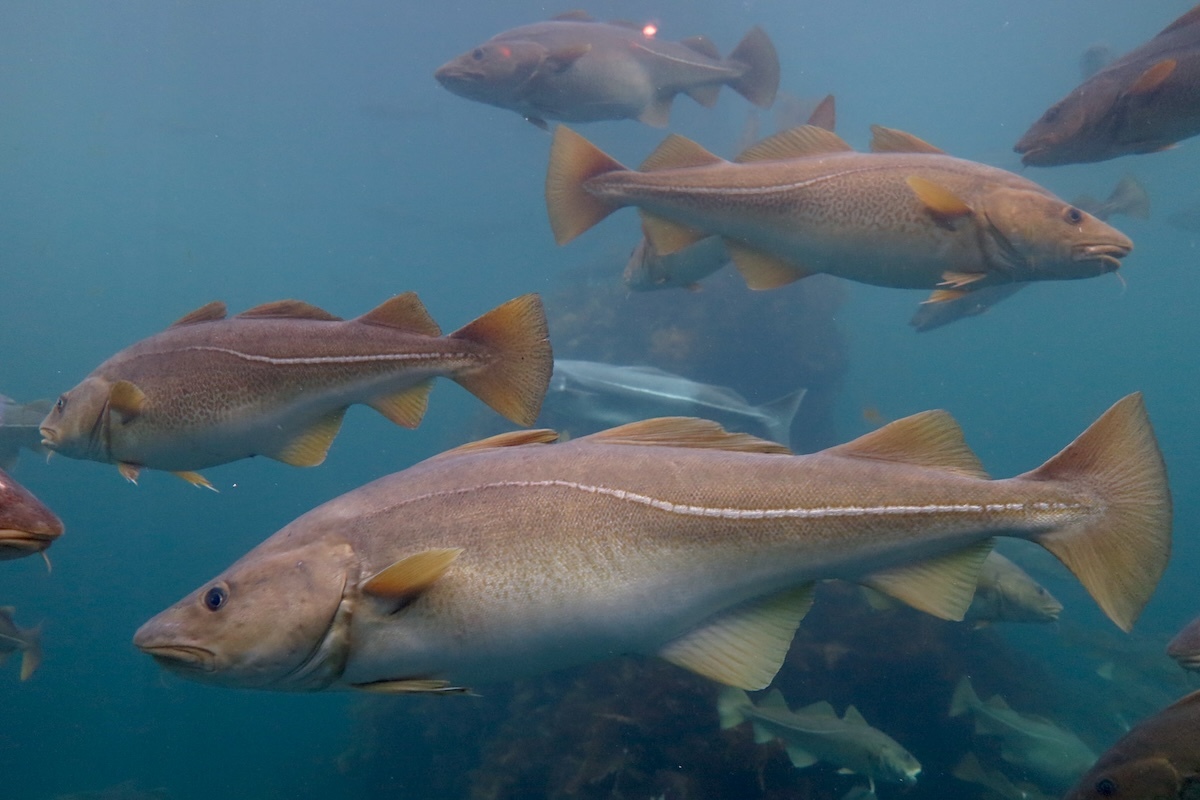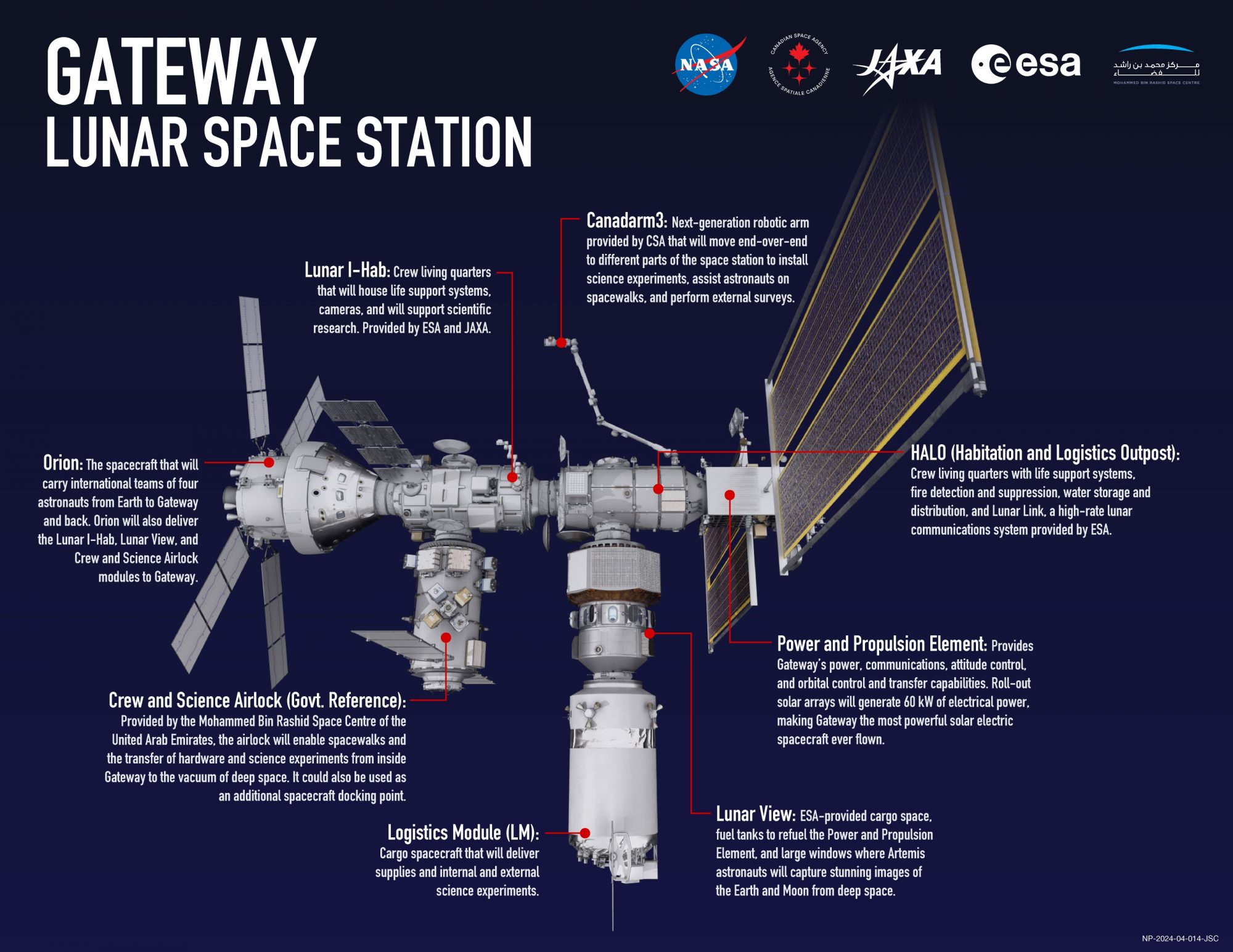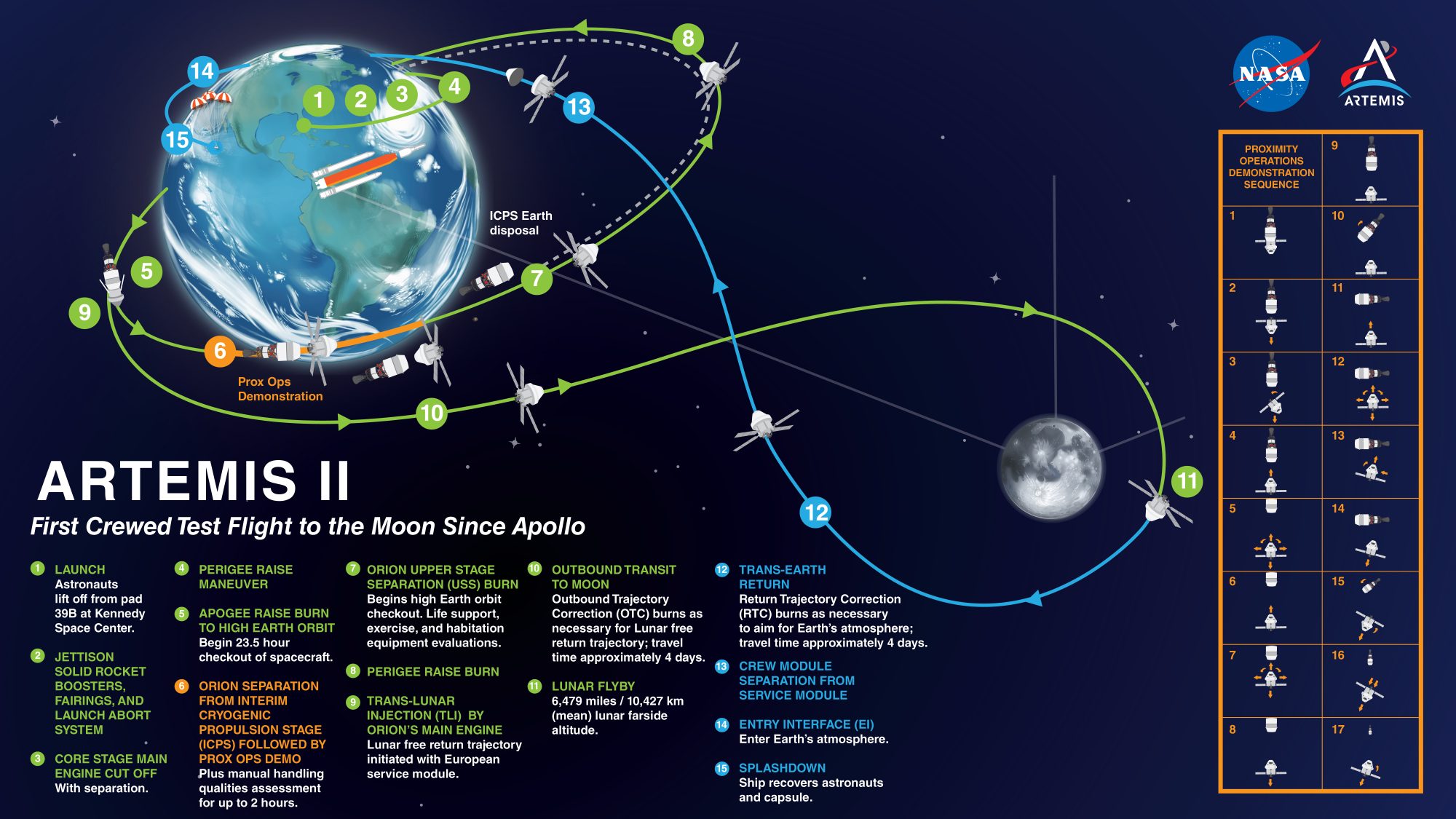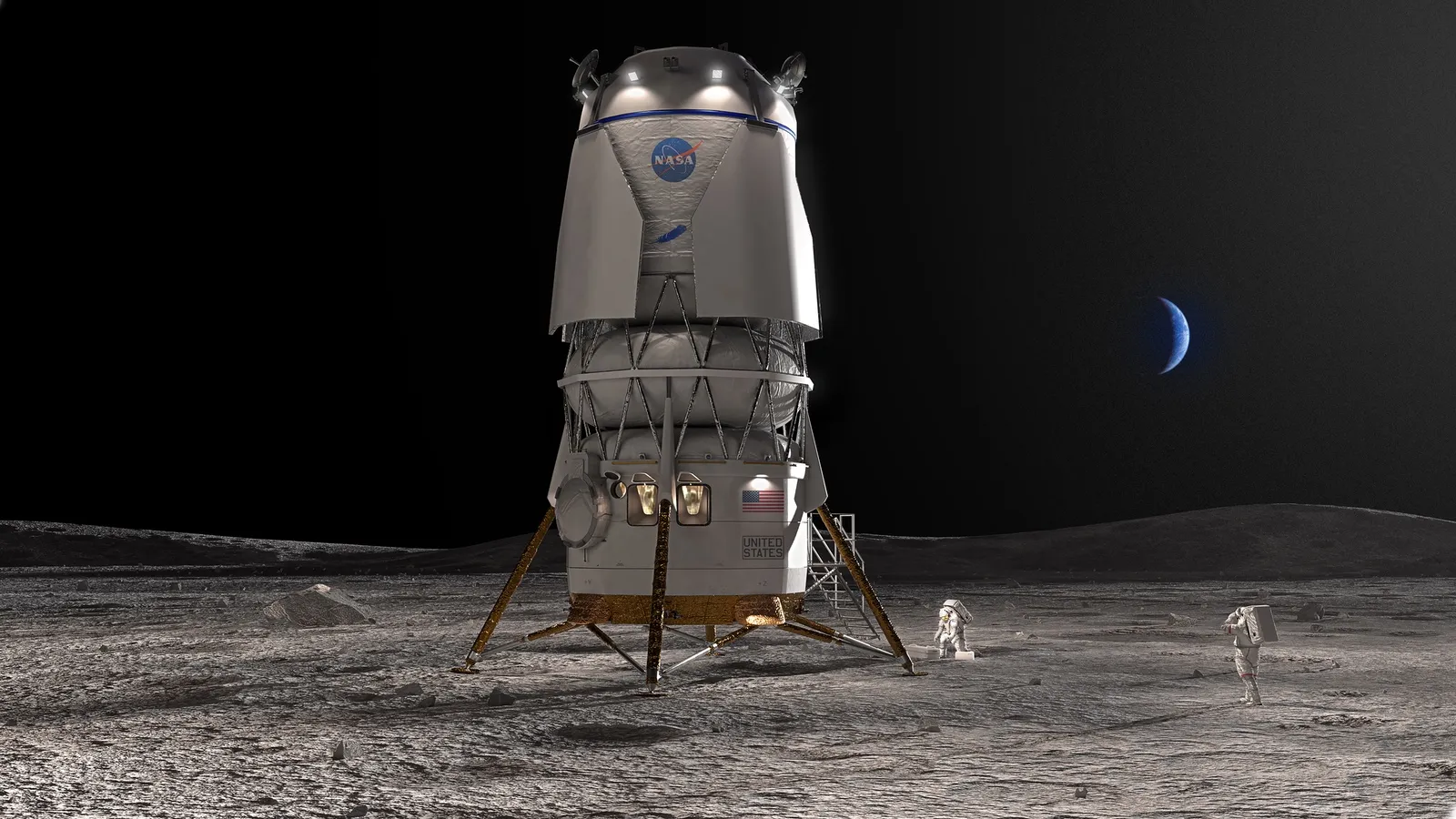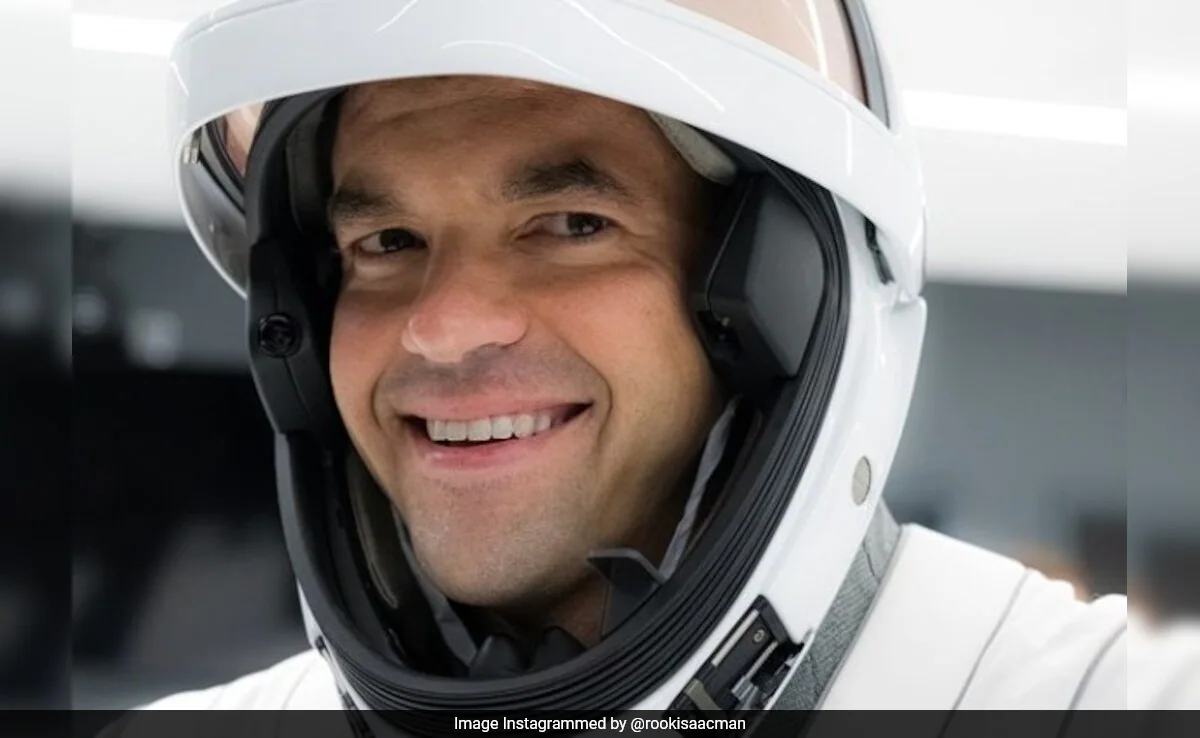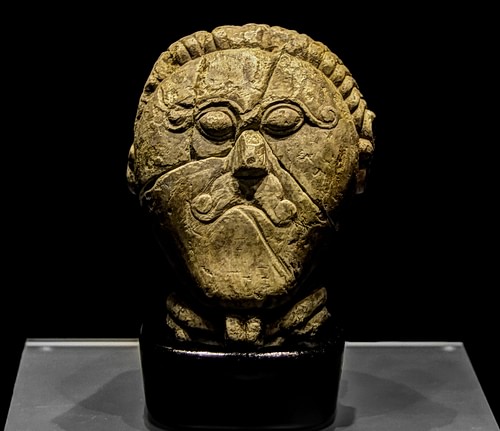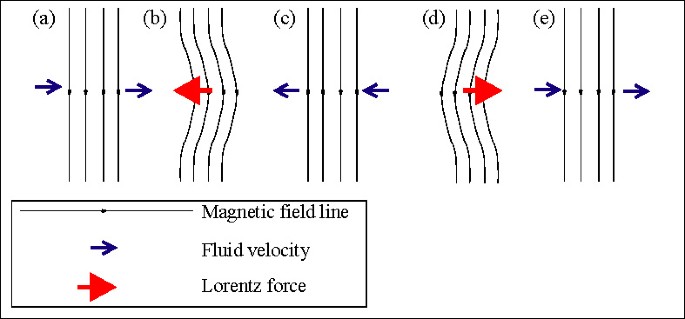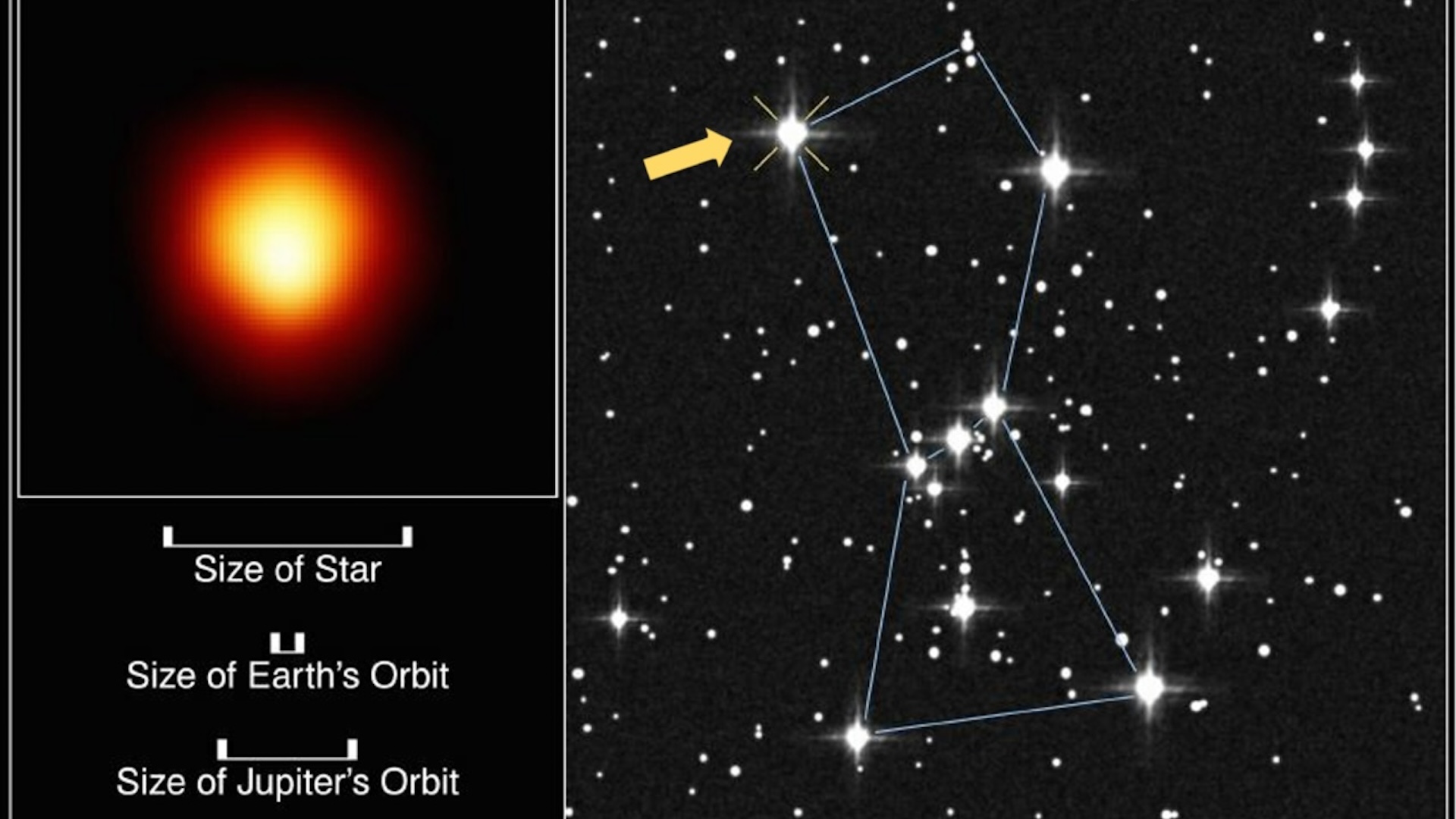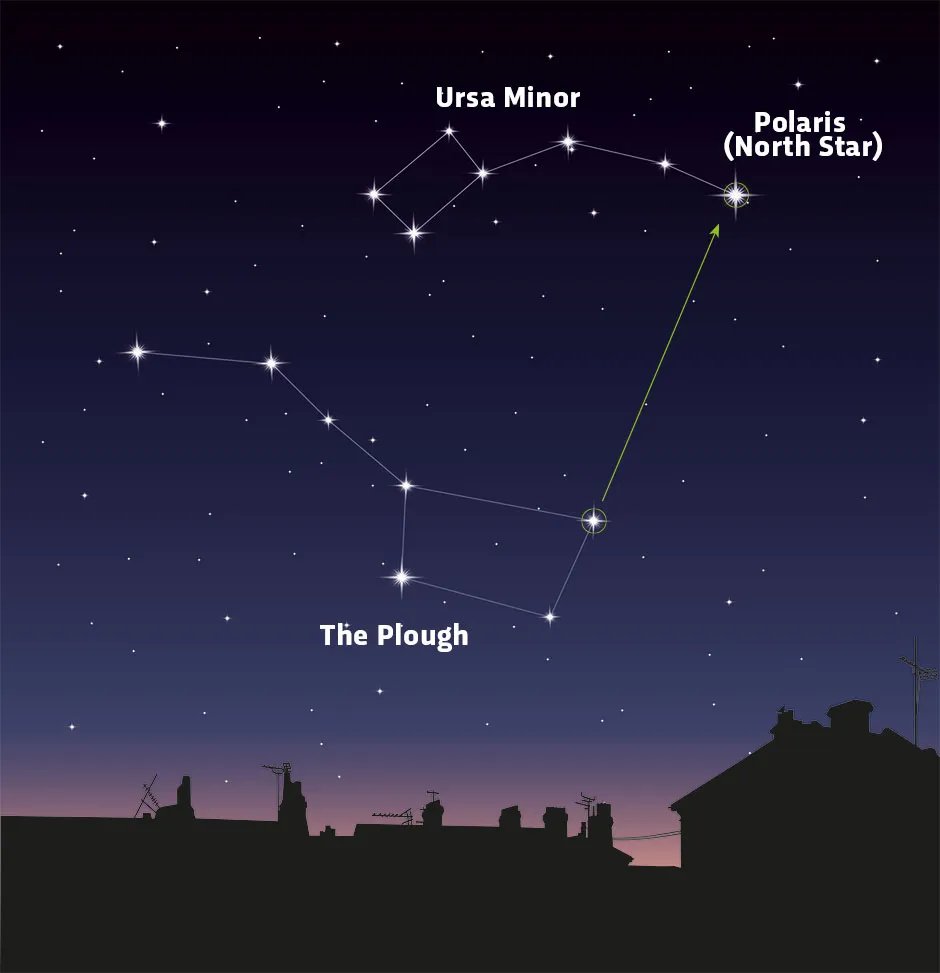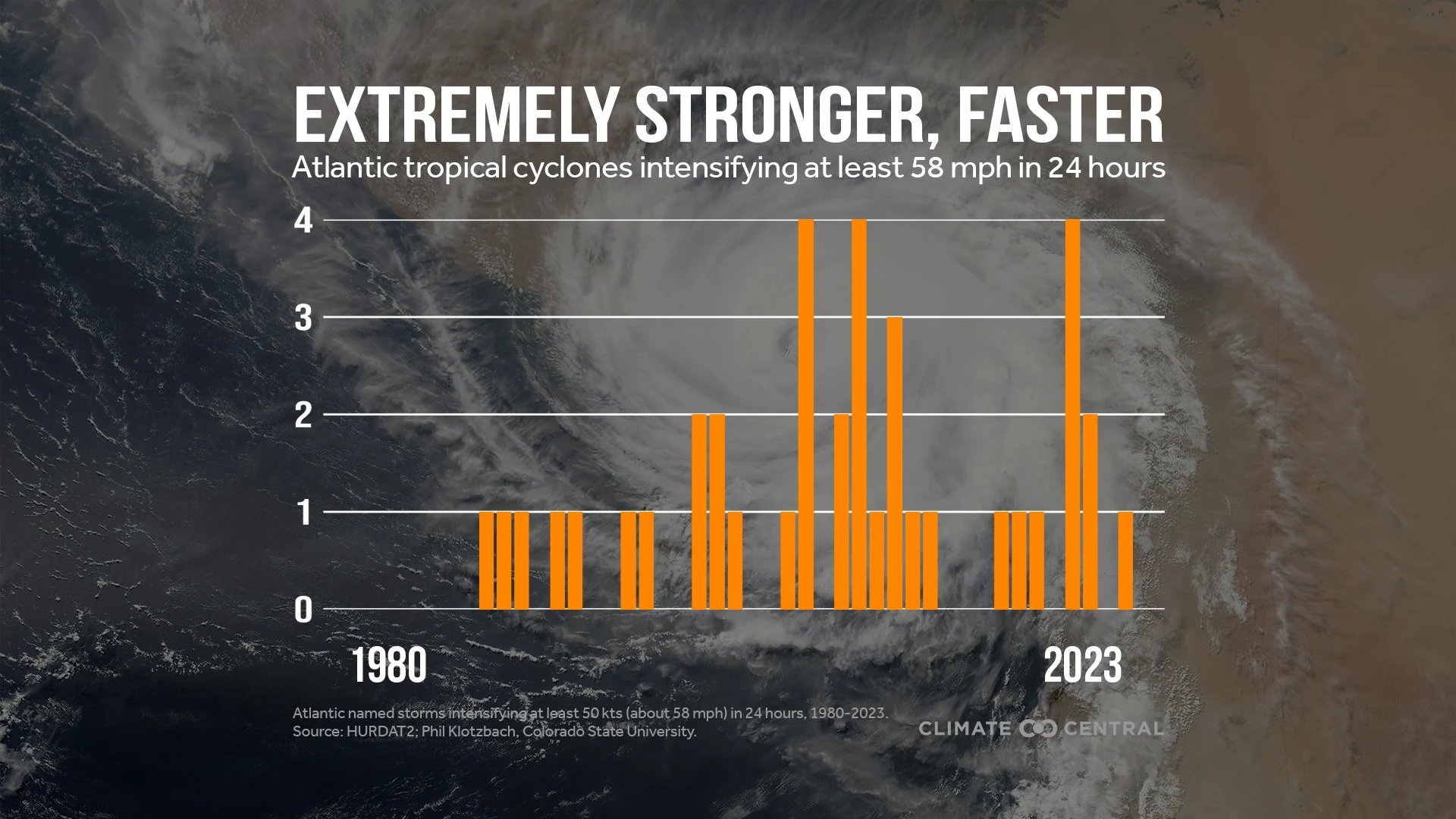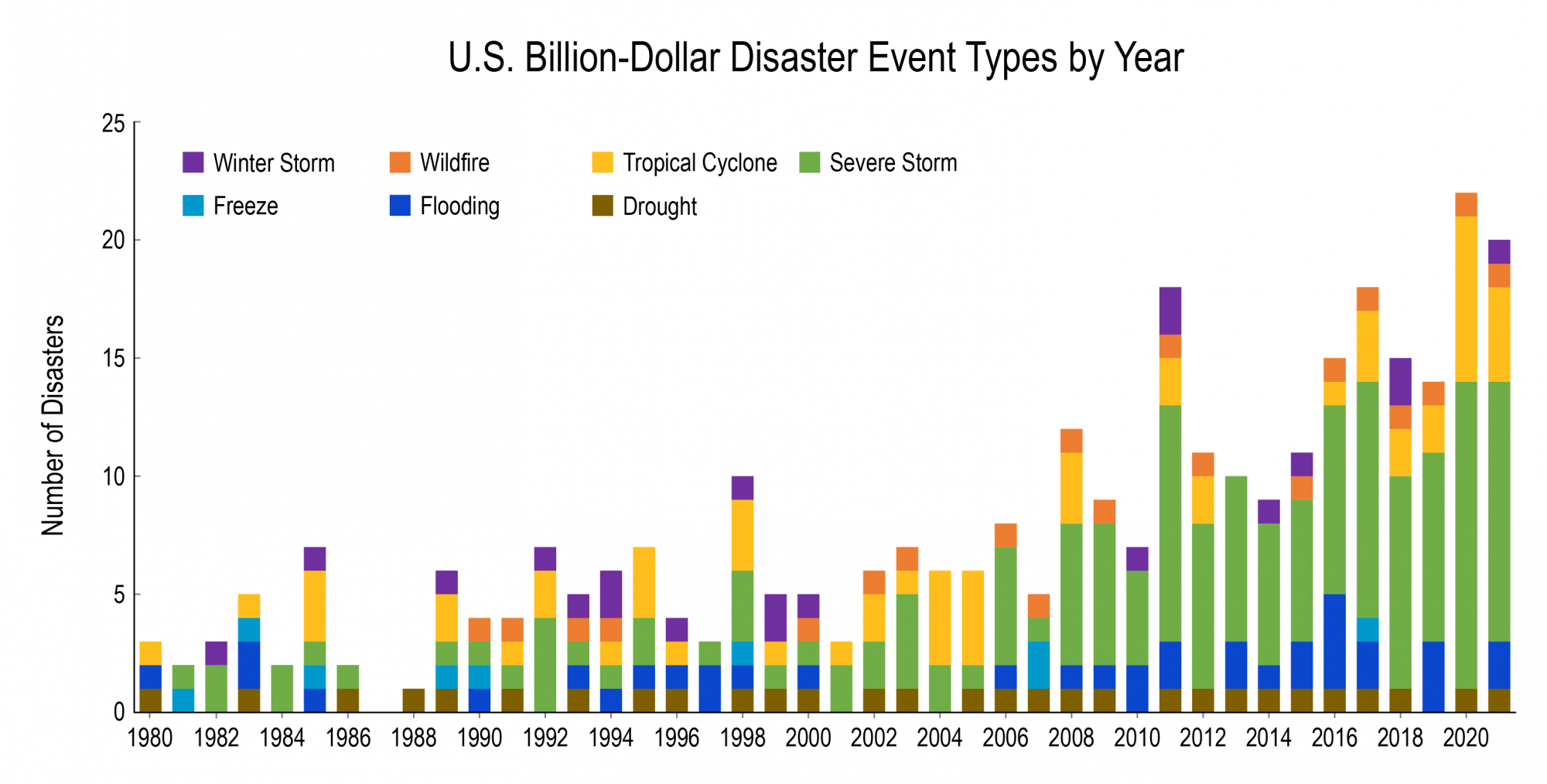The year 2024 has been over for more than a month now and although scientists are still evaluating all of the Climate measurements that they obtained during the past year the broad outline of Global Warming’s impact on our planet is clear. The year 2024 was simply the hottest year ever recorded in human history, erasing the record set just the year before in 2023. In fact the ten hottest years ever recorded have all occurred in the last ten years.

For the world as a whole the temperature in 2024 was measured as being 1.6ºC above pre-industrial levels, that baseline being as measured from the years 1850 to 1900. The world’s temperature not only exceeded the previous record from 2023 but did so but did so by more than a tenth of a degree, +0.12ºC, an enormous jump. Indeed, over the last two years temperatures worldwide have been so hot that they have surpassed most models of global warming, leading some climate scientists to fear that global warming is actually accelerating. A few statistics that illustrate just how fast the temperatures are climbing worldwide in 2024 are that for every cold temperature record that was set fifty record high temperature we set. At the same time six of the world’s seven continents recorded their hottest years ever, only Asia bucked the trend recording its second hottest year ever.

That figure of 1.6ºC of course breaks the target figure of limiting global temperature to 1.5ºC above pre-industrial levels that was set back in the Paris accords of 2015. Now that goal was intended to be an average over a decade or more so we haven’t failed yet. However the last two years have averaged over the 1.5ºC goal and we’re still not really doing anything to control global warming, to reduce if not eliminate the amount of green house gasses that we are dumping into the atmosphere.

In fact we are actually pumping more greenhouse gasses into the sky. Measurements of CO2 levels at the weather station at the Mauna Loa Observatory in Hawaii, indicate that in 2024 CO2 in the atmosphere increased by 3.58 parts per million, that’s the largest increase since records began there in 1958. Not all of the increase has come from burning fossil fuels; a lot is coming from all of the wildfires that are increasing in number and intensity. The concentration of CO2 in the atmosphere is now 50% higher than it was back in 1900 and most models of climate change agree that another such large increase as happened in 2024 will eliminate all hope of keeping below the Paris agreed 1.5ºC limit.

So much for the temperature measurements for 2024, the effect of all that heat on climate disasters throughout the world is not hard to find. There were the extreme droughts in Italy, southern Africa, the Amazon and the American Southwest as well as the excessive rainfall in Ireland, Spain, Southern India and the Philippines. Add to that the severe storms that ravaged both the Atlantic and Pacific oceans like Hurricanes Helene and Milton along with Typhoon Gaemi in the Pacific. Of course there were heat waves around the planet such as those in the American Southwest, Central Europe and China. In the United States the number of ‘billion dollar’ disasters’ in 2024 was 27, an unprecedented number as was the total dollar figure for the damage 182.7 billion.

Between the years 1980 and 2010 the yearly number of weather disasters averaged about 8 but over the last five years it has ballooned to more than 20, an exponential growth rate. It’s worth pointing out that if the trend continues, the destruction caused by extreme weather will in a few years generate a considerable stress on the American economy. That possibility is causing a growing fear within the insurance industry, which has to pay their costumers for any damage to property by the weather.

Because of that many insurance companies are now refusing to accept customers in ‘high risk’ areas of the country such as in wildfire areas in California or hurricane prone parts of Florida. However remember that much of the damage done by hurricane Helene occurred in the western mountains of North Carolina, an area generally considered safe from severe weather. So in just a few years the question will be, is any part of our country, any part of the world safe from severe weather.

Of course it’s not just property that’s harmed by severe weather, there’s a cost in human lives as well. For example, in those ‘billion dollar’ disasters mentioned above 418 Americans were directly killed, 225 by hurricane Helene alone. Now, I just said directly caused by weather disasters, that figure doesn’t include all of the people whose lives were shortened by extreme heat, such as the 113 consecutive days above 100ºF in Phoenix Arizona which led to a record 645 heat related deaths. Heat waves in other parts of the world, where air conditioning is rare led to many more thousands of deaths. And again, if the trend of exponential growth in temperature continues those death figures will also grow exponentially.

I’m going to end here, but the litany of extreme weather events is so large that I could go on and on. There is some good news, since the strong El Nino event that began in 2023 has now turned into a La Nina most climate models suggest that 2025 will not be as hot as either 2024 or 2023. Most experts expect this year to only be the third hottest year ever recorded. Of course that makes you wonder how bad the next El Nino will be when it comes.

So long as we continue to burn fossil fuels the world will simply get hotter and hotter, that’s all there is to it.



















































